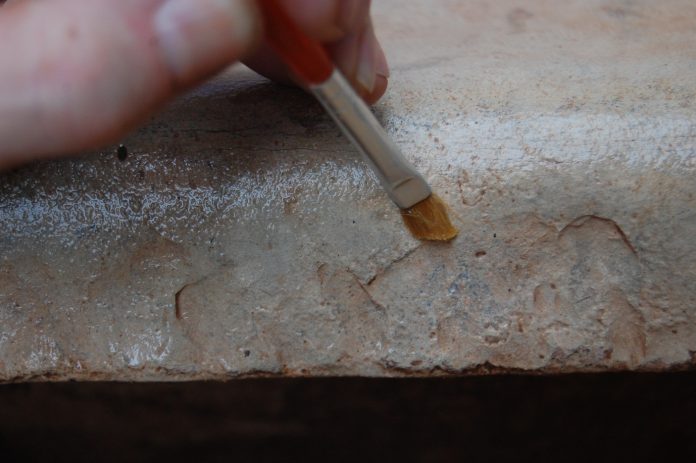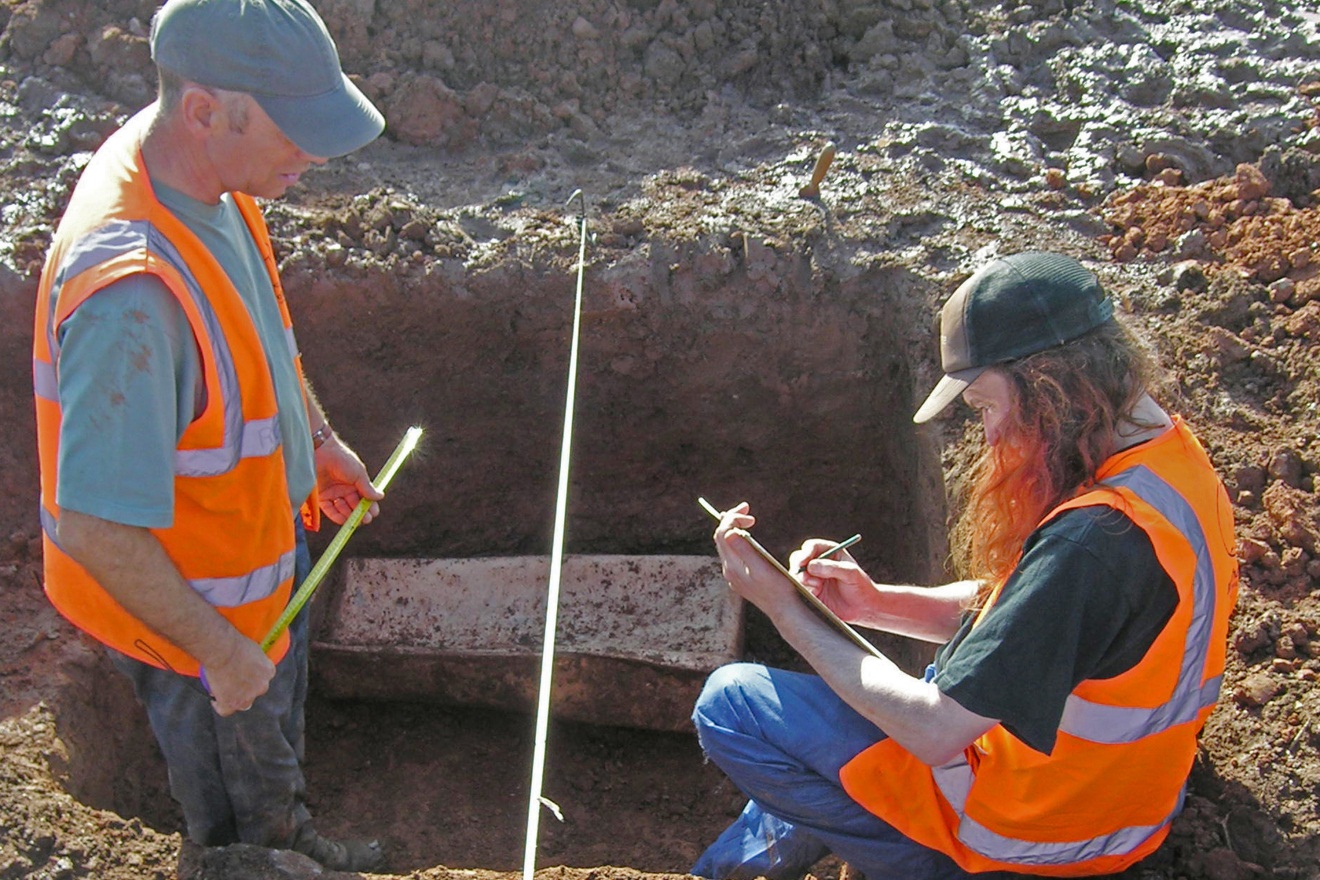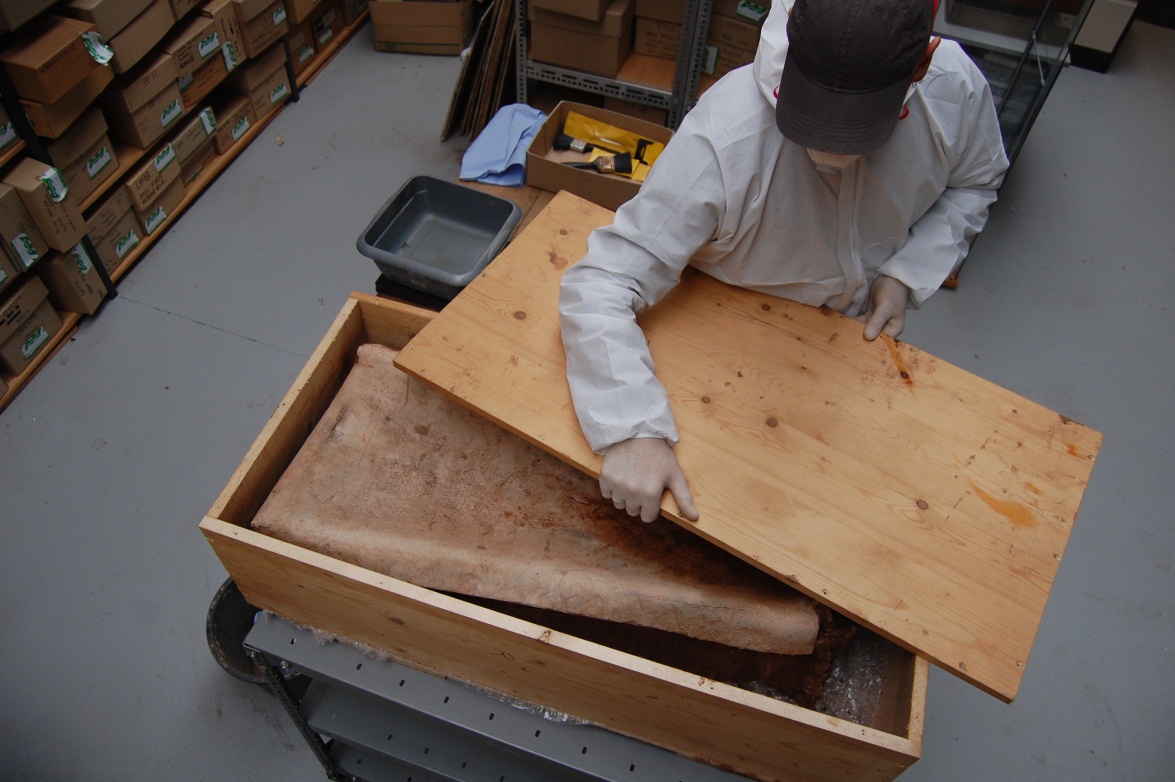October 2013 saw a group of metal detector enthusiasts carry out a club outing on land in Leicestershire. The result of this weekend would reveal a rare Roman childs coffin and highlight the expense and responsibility that comes with finds. A lesson to be learned – for everyone.
A complex issue
The detecting club believe they had permission from the farmer to be on this field but the farmer doesn’t own the land he uses and permissions should be sought from the landowner. To add to the mix, the land is on the SHINE (the Selected Heritage Inventory for Natural England) dataset so should be under Natural England, environmental stewardship however, for some reason it seems the designation was omitted from the agreement.
The reason for inclusion on the SHINE is due to fieldwalking by Hinckley Archaeological Society that indicated the presence of a Roman villa within the field, nearby lies the Mancetter Roman fort as well.
Over dug?
As a rule of thumb, a detectorist knows that the top 30cm of a field is under constant plough threat, and one could push this, depending on the crop and or ploughing regime used – though English Heritage http://www.english-heritage.org.uk/publications/ripping-up-history-archaeology-under-the-plough/030725rippinguphistory.pdf/ admit and recent studies have shown the increase in depth and damage. Getting a ‘good’ signal, should not lead to digging a big hole – indeed once you are below a metre, you should really consider what exactly you are trying to save from the plough. This would also explain why – in some reports ( see comprehensive list of news reports at the end) the two detectorists who ‘found’ the coffin, are less than impressed with the council archaeology departments suggestion to fill in the hole and leave it there. The reality was – it was not under threat, and would be better protected if left in situ. unless funds could be found to lift, conserve and micro-excavate and store/display the item. In addition, as archaeologists are only too aware, there is the small matter of a burial exhumation licence required to be obtained from the Ministry of Justice. So we find ourselves in a fascinating position where the threat to the coffin is now the other detectoists – from whom the finders are now trying to protect it from , fearing if it is left, then less scrupulous sorts will return and rip it up.
Reponsibility.
University of Leicester Archaeology Service sent out an archaeologist on Tuesday to look at the situation and they cleaned it and tried tried to record as much information as possible (most of the layers above the coffin and the cut where now gone ) however, storage and any exhumation was impossible at that stage. The costs of doing this according to legal requirements and the resulting bills do show the reality that there is no public cash to help and one must remember that the council have no archaeology unit nor even a community archaeologist to react, when an item such as this is found – and one could argue, why should it? Frustrations will inevitably happen, as most people will just expected the coffin to be immediately exhumed and will not be aware or understand the problems with permissions and licences.
Metal detectorist Chris Wright had recognised its importance and acted quickly by calling Leicestershire County Council and Senior Planning Archaeologist Teresa Hawtin was able to advise Mr Wright that the coffin could not be moved without Ministry of Justice approval and that specialist archaeological procedures would be required. As the coffin, which has not been opened, was at risk from treasure hunters, Ms Hawtin approached Archaeology Warwickshire on behalf of Mr Wright and arrangements have now been made for the recovery of the coffin and an assessment of its contents with a view to determining the most appropriate course of action for its study and conservation.
Thanks Mum
Fortunately, one of the detectorists mother came forward to pay for the services required from Archaeology Warwickshire – showing real responsibility to the find – and understanding – that people need paid to do a job as much as anyone. The MoJ licence came through and exhumation began with archaeologists from Archaeology Warwickshire – but even here there was tension, as we all know – any removal of human remains needs to be done behind a screen – which is the law, rather than our own interpretation of which is why archaeologists asked the press, metal detectorists and other onlookers to stay out of the field while they were lifting the coffin.
Currently the item is to be opened today – and it could be said that all is well that ends well, indeed I for one look forward to the story of this small child from Roman Britain being told again, and perhaps helping the area get it’s own heritage centre. however, lessons must be learned and the balance must be addressed.
Something to Learn
Some of the articles paint a rosy picture of heroic detectorists and obstructive archaeologists, willing only to bury the past. I will now present what I call the however argument:
Some things to put into context are the detectorists were perhaps over eager to dig, and when should be the time to stop digging down? HOWEVER if they had not, then we would not all have the opportunity to study this rare find, HOWEVER, the only threat it was under – rather than the plough, was from the other detectorists. HOWEVER they did realise it needed protection from greedy sorts who obviously felt it contained gold rather than the fragile bones of a child. HOWEVER, they should not expect instant reaction to a situation they caused with press reports and public statements HOWEVER the realisation that responsibility lay with them, is commendable and for the mother to contribute to the exhumation shows a real understanding of that responsibility, HOWEVER, the delays in exhumation are down to the legal position that we all have to abide by. HOWEVER it is now out and being cared for and conserved, with specialists ready to begin micro excavation this week. AND it will help support locals in a planned Heritage Centre bid. so one can say, Alls well that ends well.
What would be good is if this is not so much seen as a simple black and white right/wrong scenario, and that some awareness of the costs, responsibilities and legal requirements that affect us all is made more apparent. I do believe that most people acted in the best interest of the coffin and the remains within, while others, were overcome with greed and an inbuilt distrust of archaeologists.
(most recent report today http://www.bbc.co.uk/news/uk-england-24870507)
original reports:
http://www.tamworthherald.co.uk/MYSTERY-LEAD-COFFIN/story-19987094-detail/story.html
http://www.bbc.co.uk/news/uk-england-leicestershire-24646627



